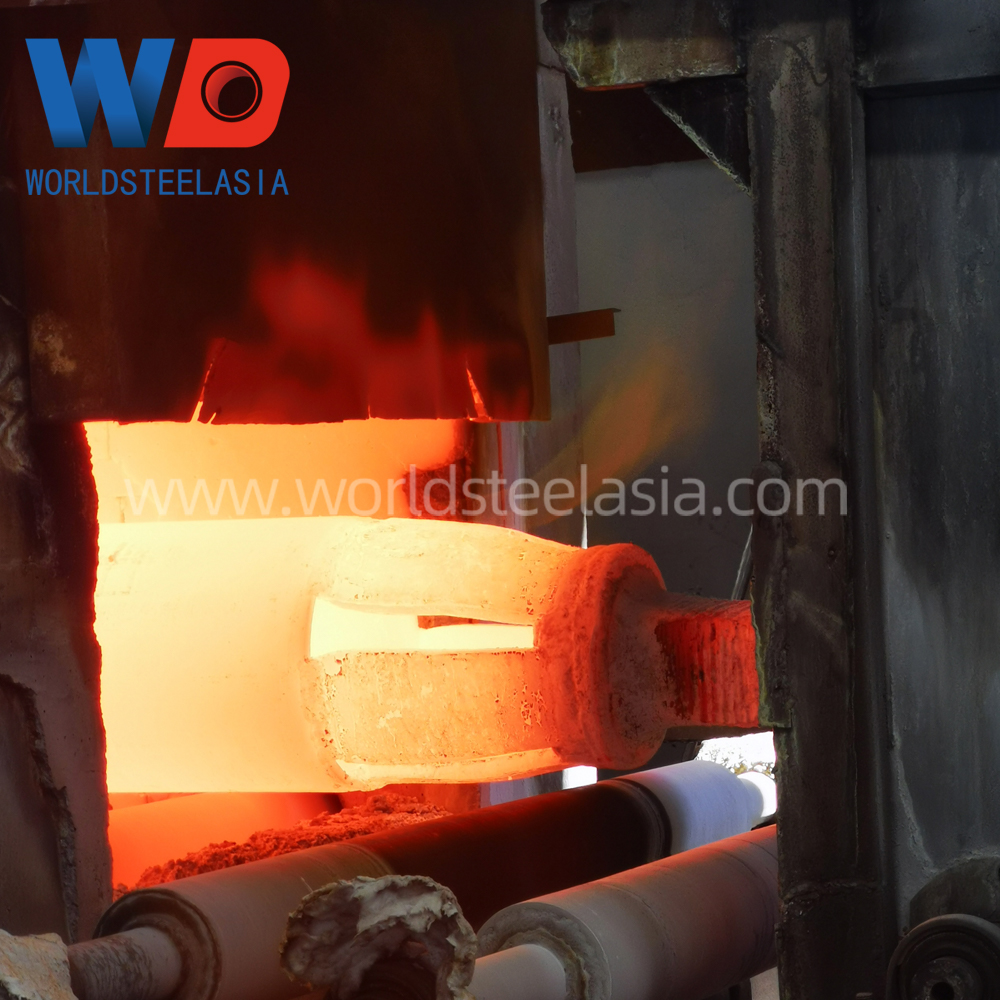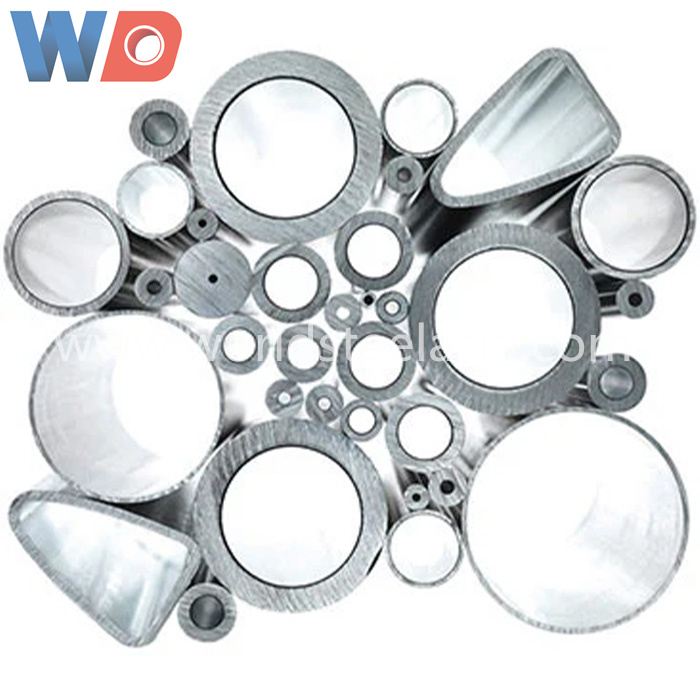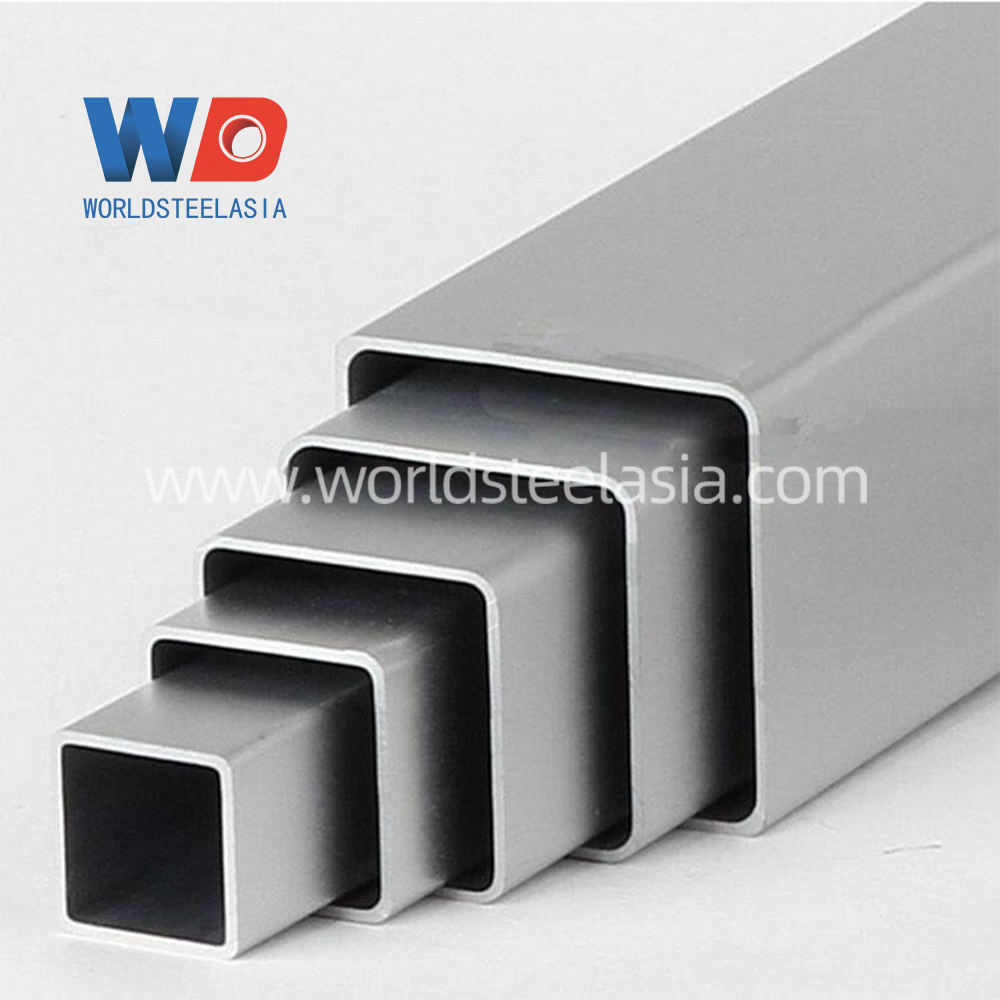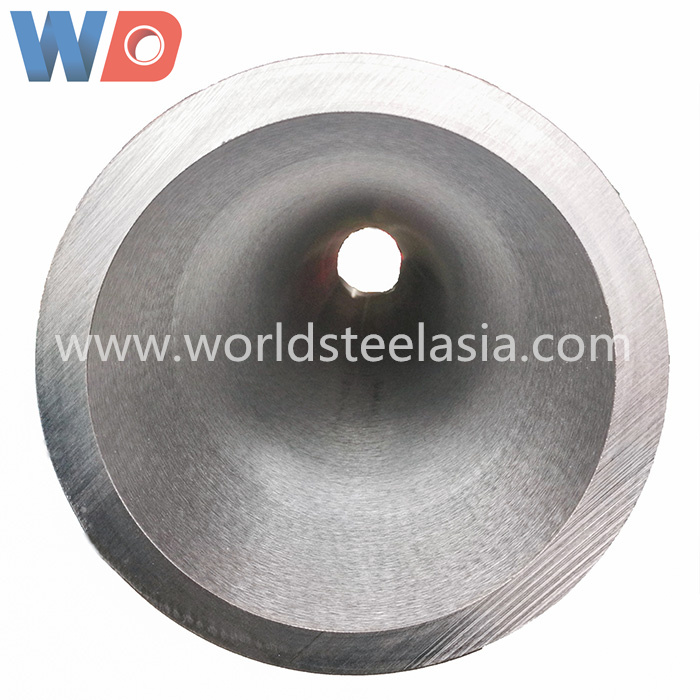What is stainless steel and what are the types of stainless steel
 WHAT IS STAINLESS STEEL AND WHAT ARE THE TYPES OF STAINLESS STEEL
WHAT IS STAINLESS STEEL AND WHAT ARE THE TYPES OF STAINLESS STEEL
Stainless steel is the abbreviation of stainless and acid resistant steel. The steel resistant to weak corrosive media such as air, steam and water or with rust resistance is called stainless steel; The steel that is resistant to chemical corrosion medium (acid, alkali, salt and other chemical etching) is called acid resistant steel. Chongqing world steel co.,ltd manufcutre stainless steel seamless pipe, stainless steel welded pipe, stainless steel pipe fittinigs, stainless steel flange .
Stainless steel refers to the steel that can resist the corrosion of weak corrosive media such as air, steam and water and chemical corrosive media such as acid, alkali and salt, also known as stainless acid resistant steel. In practical application, the steel resistant to weak corrosion medium is often called stainless steel, while the steel resistant to chemical medium is called acid resistant steel. Due to the difference in chemical composition between the two, the former is not necessarily resistant to chemical medium corrosion, while the latter is generally stainless. The corrosion resistance of stainless steel depends on the alloying elements contained in the steel.

Generally, according to the metallographic structure, ordinary stainless steel is divided into three categories: austenitic stainless steel, ferritic stainless steel and martensitic stainless steel. On the basis of these three basic metallographic structures, duplex steel, precipitation hardening stainless steel and high alloy steel with iron content less than 50% have been derived for specific needs and purposes.
ACCORDING TO METALLOGRAPHIC STRUCTURE:
![]() Austenitic stainless steel.
Austenitic stainless steel.
Stainless steel whose matrix is mainly austenite structure (CY phase) with face centered cubic crystal structure and is non-magnetic. It is mainly strengthened (and may cause certain magnetism) by cold working. Aisa is indicated by 200 and 300 series numbers, such as AISI 304 . 304L . 316 316L . 317 317L , 309 , 310 310H , 347 347H , 316Ti , S30815 ( 253MA ) , 254SMO , 904 904L N08904 ,
![]() Ferritic stainless steel.
Ferritic stainless steel.
Stainless steel whose matrix is mainly ferrite structure (phase a) with body centered cubic crystal structure and magnetic, which can not be hardened by heat treatment, but can be slightly strengthened by cold working. Aisa is marked with 430 and 446.
![]() Martensitic stainless steel.
Martensitic stainless steel.
Stainless steel whose matrix is martensitic structure (body centered cubic or cubic), magnetic and whose mechanical properties can be adjusted by heat treatment. Aisa is indicated by numbers 410, 420 and 440. Martensite has austenite structure at high temperature. When it is cooled to room temperature at an appropriate rate, the austenite structure can be transformed into martensite (i.e. hardened).
![]() Austenitic ferritic (duplex) stainless steel.
Austenitic ferritic (duplex) stainless steel.
The matrix has both austenite and ferrite structures, in which the content of less phase matrix is generally more than 15%, which is a magnetic stainless steel that can be strengthened by cold working. S31803 is a typical duplex stainless steel. Compared with austenitic stainless steel, dual phase steel has higher strength, higher resistance to intergranular corrosion, chloride stress corrosion and pitting corrosion. Duplex Steel Grade: #S31803 、S32205 、 S32750 ( 2507 ) 、S32760 .
![]() Precipitation hardened stainless steel.
Precipitation hardened stainless steel.
Stainless steel whose matrix is austenite or martensite and can be hardened by precipitation hardening treatment. The American Iron and Steel Institute is indicated by the number of 600 series, such as 630, i.e. 17-4PH.
Generally speaking, except for alloy, austenitic stainless steel has excellent corrosion resistance. In low corrosive environment, ferritic stainless steel can be used. In mild corrosive environment, if the material is required to have high strength or hardness, martensitic stainless steel and precipitation hardening stainless steel can be used.

WHAT KIND OF STAINLESS STEEL IS NOT EASY TO RUST?
There are three main factors affecting stainless steel corrosion:
1. The content of alloying elements.
Generally speaking, steel with chromium content of 10.5% is not easy to rust. The higher the content of chromium and nickel, the better the corrosion resistance. For example, the nickel content of 304 material should be 8-10%, and the chromium content should reach 18-20%. Such stainless steel will not rust under normal circumstances.
2. The smelting process of manufacturing enterprises will also affect the corrosion resistance of stainless steel.
Large stainless steel plants with good smelting technology, advanced equipment and advanced process can be guaranteed in terms of alloy element control, impurity removal and billet cooling temperature control. Therefore, the product quality is stable and reliable, with good internal quality and not easy to rust. On the contrary, some small steel mills have backward equipment and technology. During the smelting process, impurities cannot be removed, and the products will inevitably rust.
3. The external environment, dry climate and well ventilated environment are not easy to rust.
However, areas with high air humidity, continuous rainy weather, or high pH in the air are prone to rust. 304 stainless steel will rust if the surrounding environment is too poor.
from CHONGQING WORLD STEEL CO.,LTD website: https://www.worldsteelasia.com



